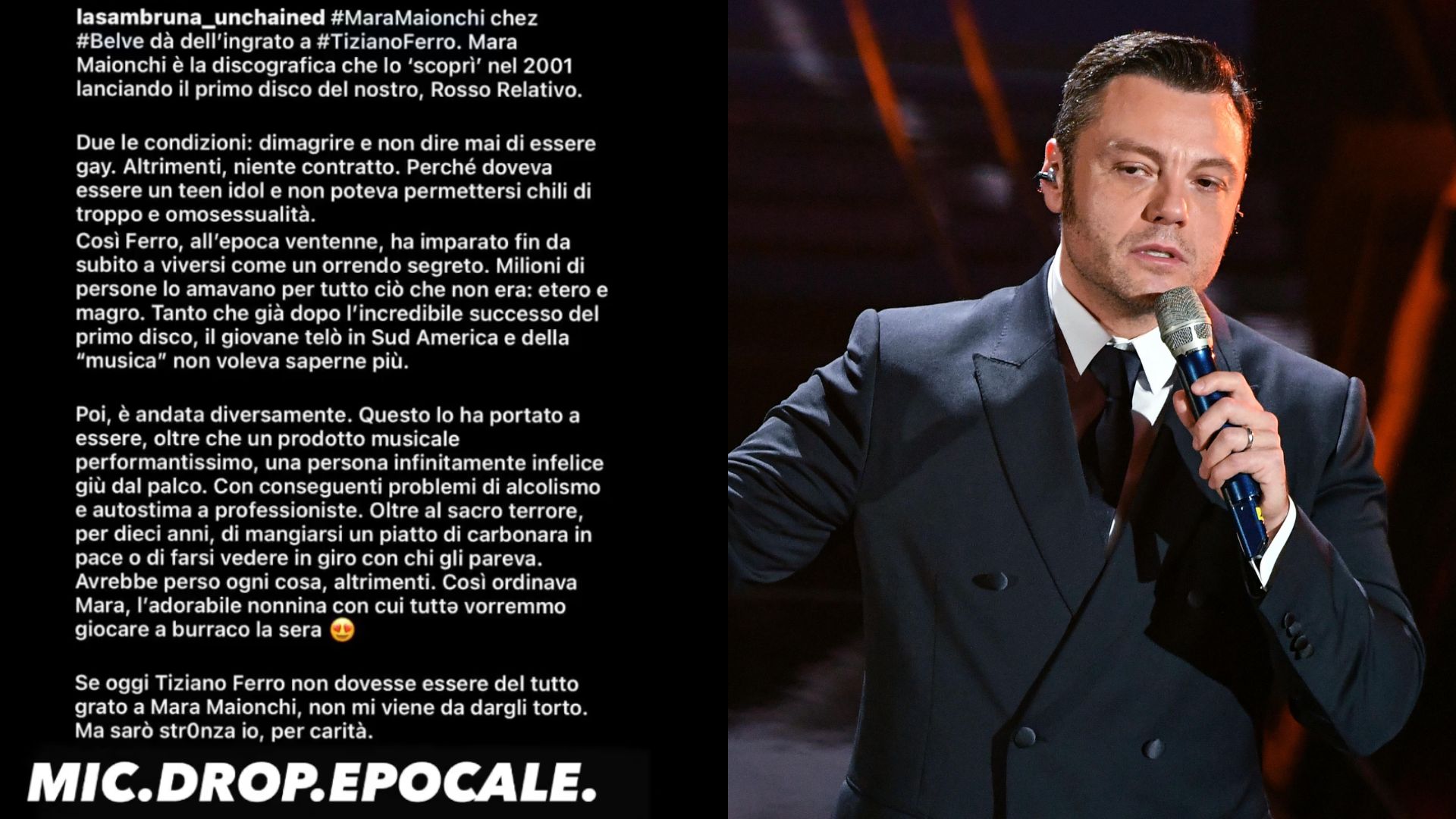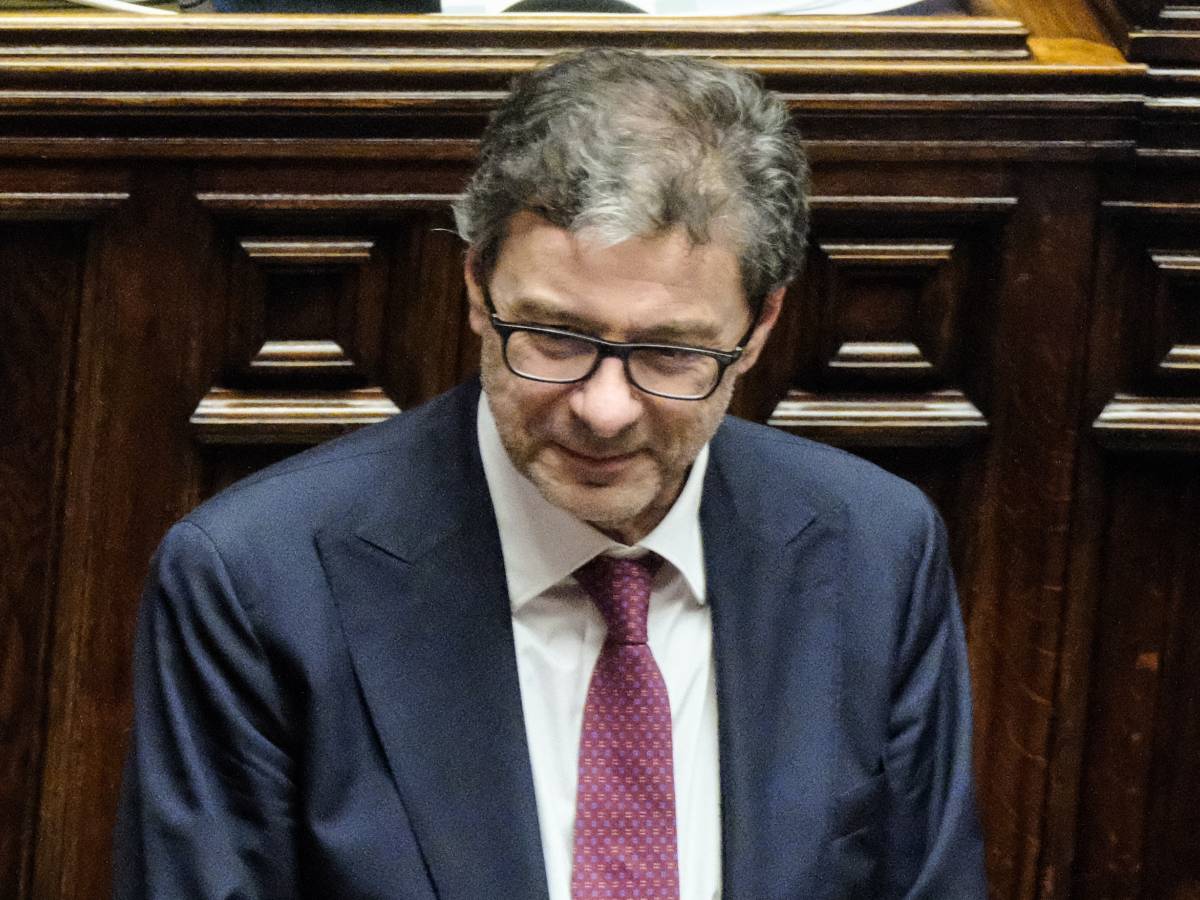“There are some positive things and some less so.” Economy Minister Giancarlo Giorgetti commented on the agreement reached at Ecofin yesterday in a video conference on the reform of the Stability Pact, according to a plan designed by Germany and France (with the active cooperation of the Spanish Presidency and Rome). “However, Italy has achieved a lot, and above all what we are signing is a sustainable agreement, which aims at a realistic and gradual reduction of debt on the one hand, and on the other looking at investments, especially PNRR,” he added. Head of Treasury.
In particular, Giorgetti assessed “the relocation of our initial requests for the automatic extension of the program linked to PNRR investments, considering security as a significant factor and reducing interest costs from the structural deficit until 2027”. It is in this extreme synthesis that the Italian consensus, balanced to the end, takes shape. So, let’s see what was agreed between the 27 countries yesterday. The cornerstones of 3% deficit/GDP and 60% debt/GDP are goals that everyone should aim for. Countries that do not comply with the first parameter must, as before, correct the structural deficit (limited net of cyclical components and the effects of one-time and temporary measures) by 0.5% per annum.
However, the agreement reached provides that the pace of correction takes into account the increase in interest costs so as not to deter the most urgent investments. In fact, investments for defense and Pnrr are protected from these calculations until at least 2027. However, there is a consolidated practice of excess deficit practice. Our deficit is expected to be 5.3% of GDP at the end of the year, and the new deal should come into force in the spring as explained by Commissioner Gentiloni (after the Commission-European Union Council-European Parliament trialogue).
There is a “checking arm”, i.e. a mechanism to automatically adjust public budgets.
While in the old formula it was linked to a structural deficit set on a three-year basis with a “medium-term objective”, in this case there are plans lasting 4 or 7 years, which respectively choose 0.4% or 0.25% of GDP over a seven-year period, which is a commitment equal to about 5 billion. , which is “digestible” even with a little maneuvering if it doesn’t hit the next budget laws. goals. Achieving the new deficit target, i.e. 1.5%, is more difficult, but not impossible, given that Italy’s debt/GDP is over 90 percent.
According to earlier drafts, debt would also come under scrutiny and countries with deficits above 90% of GDP would have to cut by 1% per year (all others by 0.5%). However, this fall cannot be the product of any growth (GDP increases in class and the rate decreases), but the result of the four or seven year public expenditure plan initially agreed with the Commission. Procedure for Additional Deficiency. 0.3% of GDP may be higher due to cyclical factors and/or unforeseen events.
Prime Minister Maloney’s regret for the “automatic exclusion of strategic investments” is significant. Pnrr will be safe till 2027. Later, Minister Giorgetti commented that “events will tell if this system really works”.

“Gamer. Professional beer expert. Food specialist. Hardcore zombie geek. Web ninja. Troublemaker.”







More Stories
Record winter in America
Weather Report – Heavy thundershowers, squalls and hail will occur on May 1. It will rain again on Thursday. Situation and evolution in the next 48 hours. « 3B Weather
A 17-year-old and two 15-year-olds were stabbed at the police station